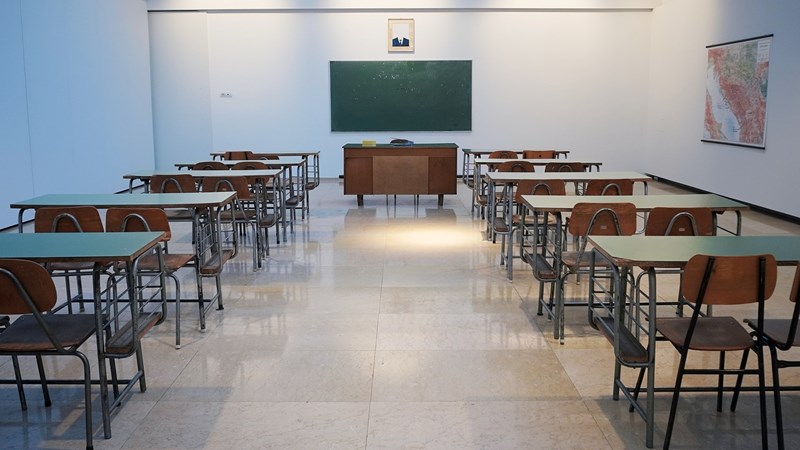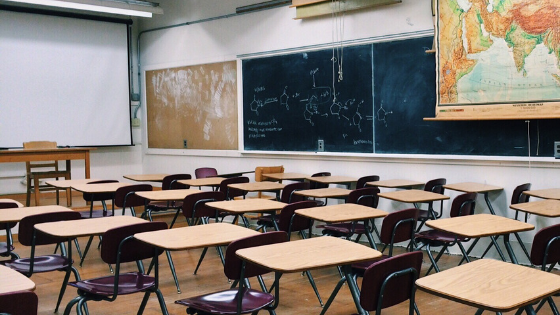I’ve worked with schools where a leaky roof or broken HVAC system stalled progress for weeks. I’ve also seen schools with thoughtful facility planning that made everything—from attendance to engagement—run more smoothly. The truth is, school facilities matter more than we often realize.
Here’s how managing school facilities with intention can support safety, efficiency, and better educational outcomes.
🧱 Why School Facilities Matter

Well-maintained facilities are essential for:
-
🛡️ Student and staff safety
-
🧠 Concentration and cognitive performance
-
😷 Health and hygiene
-
🔊 Noise and distraction control
-
🔌 Access to technology and equipment
-
💼 Teacher retention and job satisfaction
According to the U.S. Department of Education, students in poor-quality school buildings score lower on standardized tests than those in better-maintained facilities—even after controlling for income.
🔧 Key Areas of Facility Management in Schools
Managing school facilities involves more than just janitorial work—it’s a full-scale operation that covers everything from safety compliance to tech infrastructure.
✅ 1. Safety and Security
-
Functioning fire alarms, sprinklers, and exits
-
Secure entry systems and visitor management
-
Surveillance cameras and emergency plans
-
Proper lighting in hallways and parking lots
📋 Tip: Conduct safety audits at least once per semester.
✅ 2. Classroom Comfort and Functionality
Students learn best in spaces that are:
-
Well-lit with natural or quality artificial light
-
Properly ventilated and temperature-controlled
-
Equipped with ergonomic desks and chairs
-
Free from leaks, mold, or broken fixtures
💡 Small fixes—like replacing buzzed-out lights or repairing window shades—make a big difference.
✅ 3. Cleanliness and Sanitation
Especially post-pandemic, cleanliness has become a non-negotiable.
-
Regular disinfecting of high-touch surfaces
-
Clean bathrooms with working supplies
-
Safe food prep and storage areas
-
Odor and pest control measures
🧼 A clean school is a respected school—and students notice.
✅ 4. Technology Infrastructure
Modern learning requires:
-
Reliable Wi-Fi coverage across campus
-
Charging stations or ports for student devices
-
Interactive whiteboards and smart TVs
-
Tech support access for repairs and troubleshooting
🔌 Schools that prioritize tech-ready spaces support digital equity and blended learning.
✅ 5. Outdoor and Recreational Spaces
Don’t forget the impact of playgrounds, sports fields, and green spaces.
-
Safe, well-maintained equipment
-
Clean, accessible restrooms
-
Shaded areas for hot climates
-
Clear signage and supervision zones
🌿 Outdoor learning environments also benefit mental health and behavior.
🛠️ Best Practices for School Facility Management
To keep everything running smoothly, schools should adopt these strategies:
🧾 1. Facility Maintenance Plans
Create a year-round schedule for:
-
Preventive maintenance (HVAC, plumbing, lighting)
-
Routine cleaning and restocking
-
Seasonal inspections (e.g., winter-proofing or summer renovations)
📅 Pro tip: Use a facility management software or maintenance request system.
👥 2. Create a Facilities Team
Form a team that includes:
-
Custodial staff
-
Administrators
-
IT staff
-
Safety officers
-
Teachers (to report classroom issues)
Collaboration leads to faster problem resolution and smarter planning.
📢 3. Get Student and Staff Feedback
Ask those using the spaces every day:
-
What feels unsafe or uncomfortable?
-
Which spaces need improvement?
-
What upgrades would support better learning?
Simple surveys can reveal hidden issues—and create buy-in for upcoming projects.
💸 4. Budget for Repairs and Upgrades
Plan proactively, not reactively.
-
Prioritize based on safety, usage, and learning impact
-
Explore state and federal funding for facility improvements
-
Invest in energy-efficient upgrades (LED lighting, solar, insulation)
Every dollar spent on maintenance today prevents costlier emergencies later.
📈 Real-World Impact of Facility Improvements
One school I worked with replaced outdated windows and installed better lighting. What happened?
-
Students reported better focus and fewer headaches
-
Teachers had fewer classroom complaints
-
Energy bills dropped by 22%
-
Attendance improved subtly, especially during winter months
Never underestimate the power of good lighting and fresh air.
✅ Final Thoughts: The Building Is Part of the Curriculum
You can’t separate learning from the environment it happens in. Every hallway, classroom, cafeteria, and playground communicates what a school values.
By prioritizing clean, safe, functional facilities, schools give students the dignity, comfort, and structure they need to succeed.
So whether you’re managing a small rural school or a large urban campus, remember: the physical space is a silent teacher—and it speaks volumes.


